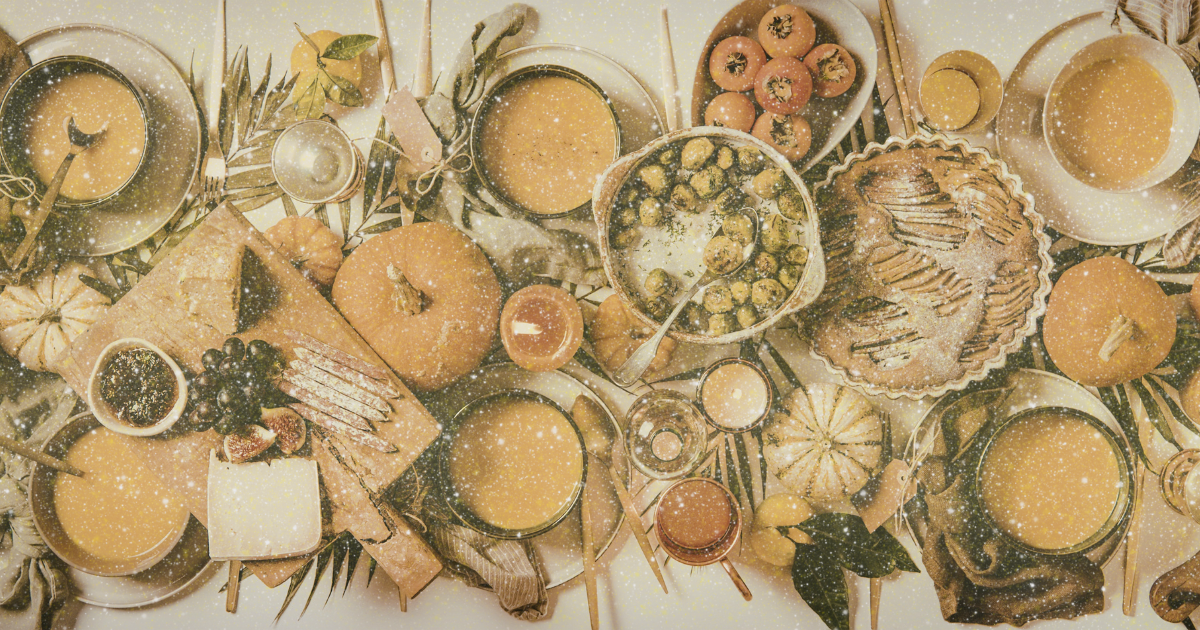Feeding the Dead: Samhain and Halloween’s Hungry Ancestors
The evening we now know as Halloween is an amalgam of ancient Celtic, Catholic, Christian, and even Aztec celebrations meant to honor the dead. Although today’s Americanized Halloween traditions hold some remnants of these origins (costumes, jack-o-lanterns, and late-night mischief, for example), some communities still honor, preserve, and practice the same rituals that took place more than 2,000 years ago.
One of those rituals is Samhain (pronounced “sow-in”). This Gaelic name translates to “sun’s end” or “end of summer” and signals the end of harvest season and the beginning of winter — ushering in a new year in Celtic tradition. In the modern calendar, Samhain falls on October 31, and as a symbol of the last day of warmth and light before the season of cold and darkness, it takes on special significance.
“Being the last day of the Celtic year, it was also known as the Witches’ New Year’s Eve,” writes Taryn Chase Jackson on the Grimrose Manor Substack. “As a result, it will come as no surprise that the festival’s rituals often centered around death and rebirth cycles, many of which served as the basis for today’s Halloween traditions.”
Long before tiny superheroes, athletes, and K-Pop stars dashed from house to house begging strangers to fill their plastic pumpkins with mini Snickers, KitKats, and Reese’s, folks celebrated Samhain by going door-to-door asking for spiced cookies called “soul cakes” in exchange for prayers for the dead.
This practice, according to Jackson, was often referred to as “souling.” These predecessors of modern trick-or-treaters — called “mummers,” as they traveled in silence — would wear costumes to confuse the spirits and would sometimes dance for the homeowners in exchange for their cinnamon, sugar, and nutmeg-infused cookies.
Rather than gorging themselves with their hard-earned soul cakes, mummers would leave these treats out overnight on Samhain and into the next morning (All Saints Day) in the hopes that the offering would free the souls of their ancestors from purgatory or ease their journeys into the afterlife. They believed that this evening offered the best opportunity to connect with their ancestors, as “the veil between the living world and the spirit world” was thin, says Jackson, and it was possible for the dead to return — if briefly — to the earthly realm.
In anticipation of visits from their dearly departed loved ones — or to appease those who were not so dear or loved, according to some sources — families would hold “dumb suppers.” Jackson explains that a place would be set at the table for the deceased, and everyone would eat in silence to be able to hear messages from the other side. Looking at the ancestor’s seat was forbidden, as if you happened to catch a glimpse of a ghostly visitor was bound to bring misfortune.
Many of the Samhain rituals that came to the New World in the mid-1800s with the wave of Irish immigrants fleeing the potato famine have given way to commercialized versions of the old ways. However, when you strip away the spooky skeletons, wart-faced witches, haunted houses, and resurrected mummies of modern-day Halloween, the core goals of the still-observed Samhain, All Hallow’s Eve, All Souls Day, All Saints Day, and Dia de Muertos are still to remember and pay homage to those who came before us.




